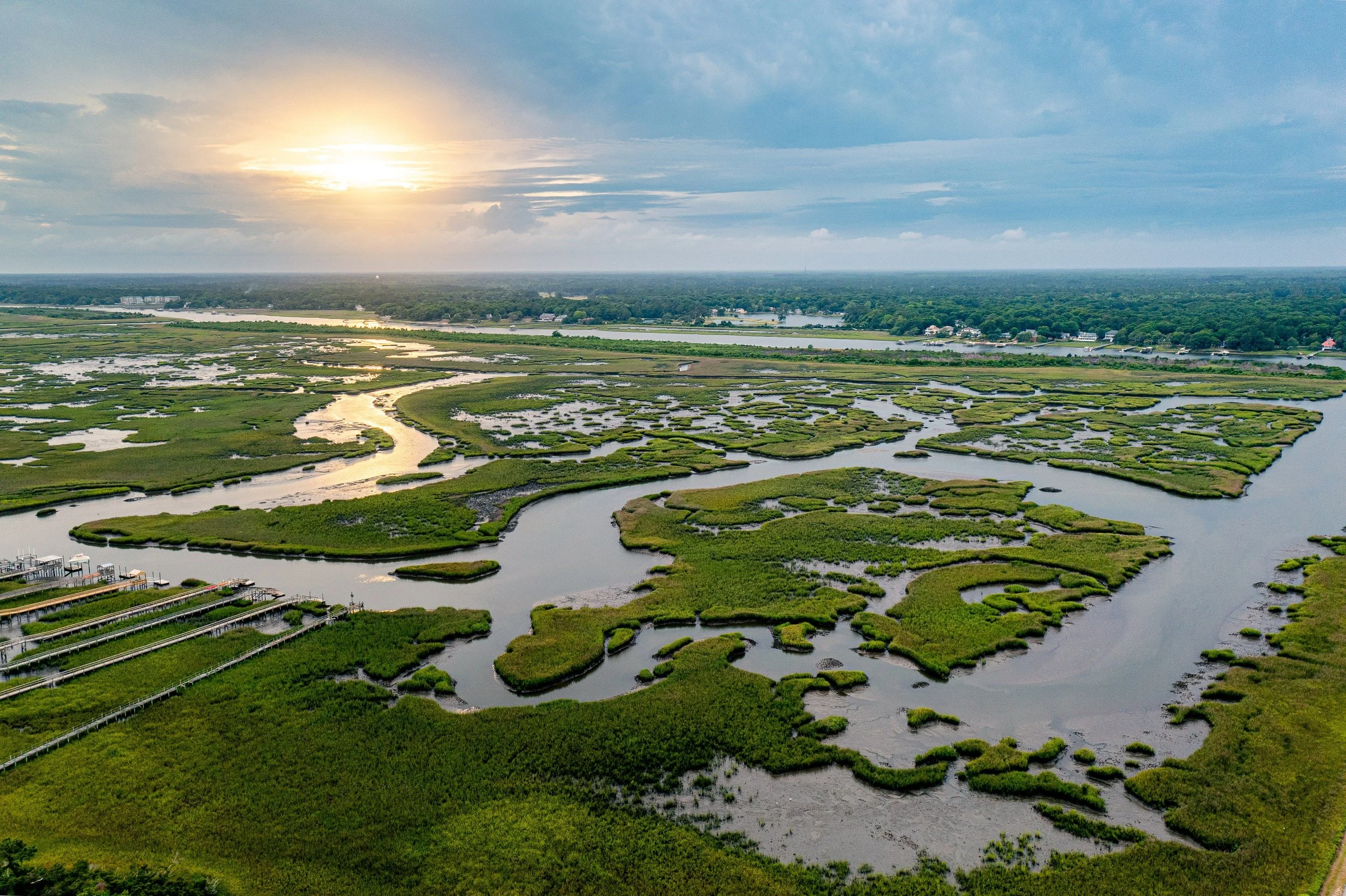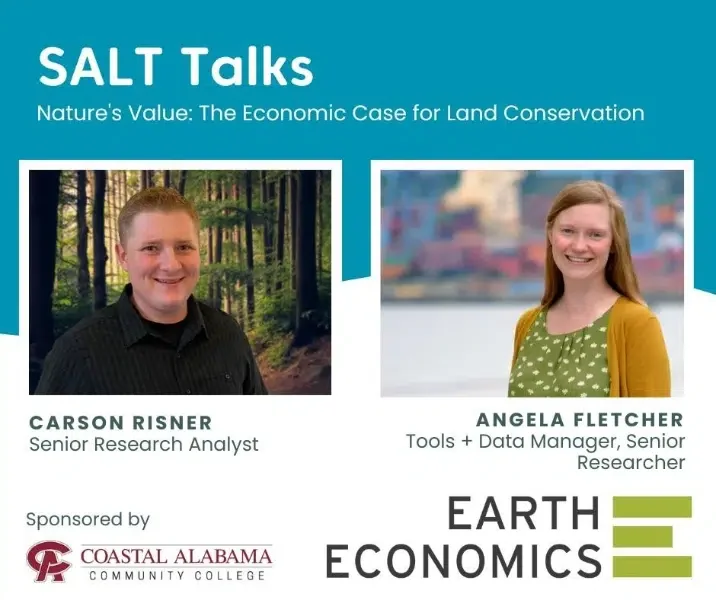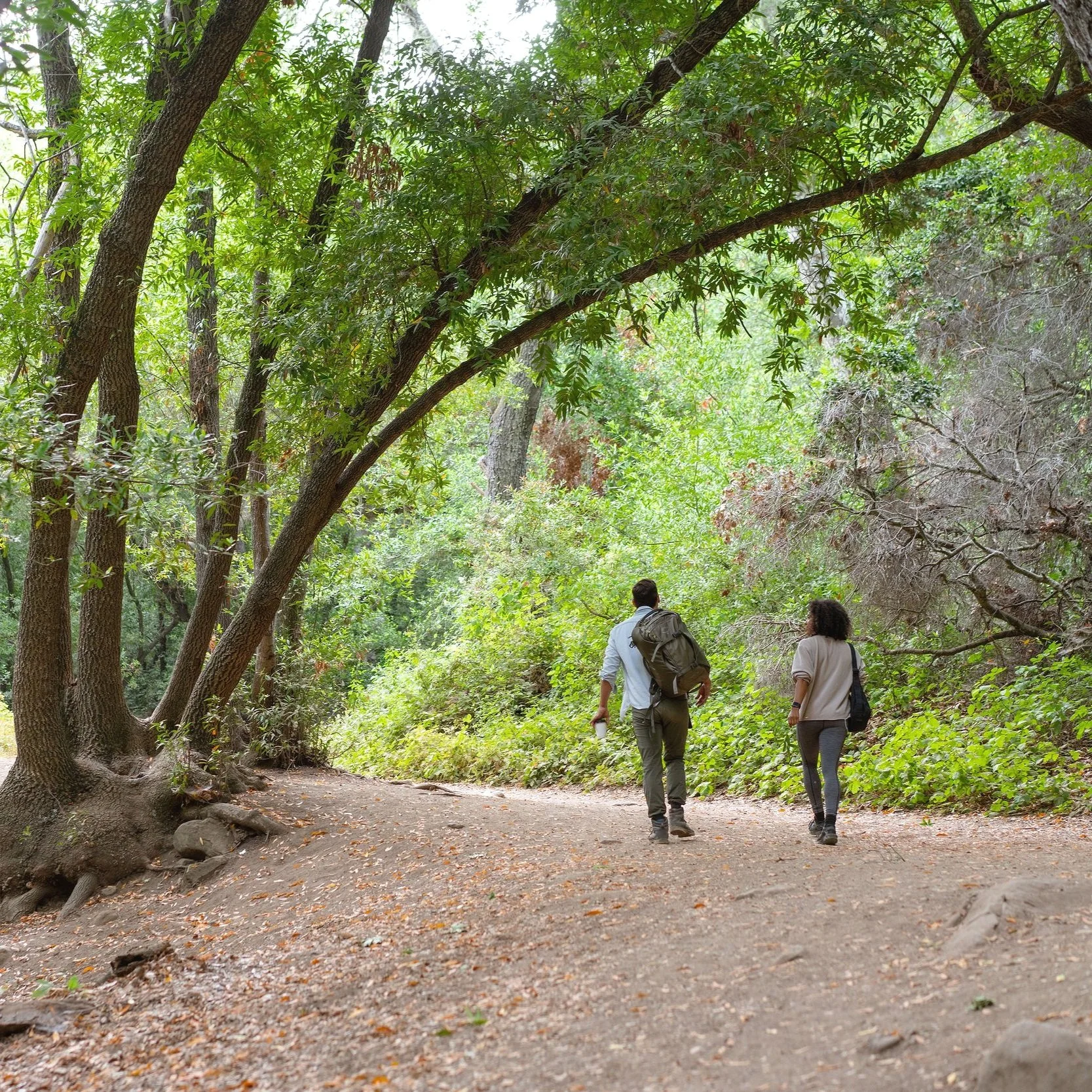
News
Follow Earth Economic’s Impact
We're reshaping environmental economics across continents, providing decision-makers with the tools and data they need to value nature's contributions. Stay connected with our latest breakthroughs, press coverage, and expanding impact here and on social media—or sign up below for our newsletter.
For press inquiries or interview requests: media@eartheconomics.org
Outdoor Recreation in Washington State
In 2024, outdoor recreationists spent $25.2B in Washington, supporting over 237,000 jobs and contributing $20.5B to the state’s GDP. Every $1 spent on recreation generated $1.31 in total economic activity. Each year, outdoor recreation lands deliver $33B in consumer surplus and $20B–$148B in other ecosystem services such as clean air and water, flood protection, and wildlife habitat.
Floodplain Ecosystem Services and Valuation
On November 5th, Earth Economics will present on Floodplain Ecosystem Services and Valuation as part of the Natural Floodplain Functions Alliance webinar series. Glen Delaney and Erin Mackey will focus on essential benefits, such as clean water, flood protection, and recreation, with case studies of projects linked to floodplain restoration.
Investing in Wildfire-Resilience
At the September 21st meeting of California’s State Land Use Planning Work Group, Glen Delaney and Carson Risner presented our work on wildfire home hardening. Investing in home hardening statewide will increase wildfire resilience and return $1.70 for every dollar invested.
Natural Disaster Resilience Yields Big Returns
Across the country, state governments are faced with the increasing frequency and intensity of disasters and the compounding scarcity of resources to plan for and lessen their impacts. With these unprecedented challenges likely to grow, state leaders are turning to one another to share best practices and lessons learned to increase resilience.
GSI can return $7 for every $1 invested
Earth Economics quantified the benefits created by developing GSI on StreetWell properties. Valuing non-market benefits makes GSI projects more attractive to socially conscious investors. Planting 25 new trees and replacing 2,500 sq ft of sidewalks with raingardens would create $2M in ecosystem services over 25 years, returning $7 for every $1 invested.
California’s Home Hardening Economy
Earth Economics has quantified the ability of investments home hardening in California to support jobs, economic activity, and tax revenues throughout the state. Each dollar invested in retrofitting returns about $1.70 in total economic activity. If homes were moderately hardened, it could cost $16-$20B, but would also support 74,000-92,500 jobs, add $21-$26.5B to the economy.
The Journal of Soil and Water Conservation
Earth Economics has published Developing a Valuation Framework for Rangeland Conservation Investments and Ecosystem Services, summarizing our work expanding rangeland ecosystem service valuation framework to incorporate more-detailed data and conservation practices, and applying the framework to a broader geographic scope.
Earth Economics in the New York Times
A New Jersey nonprofit planted five “microforests” to tackle environmental problems in Elizabeth, N.J. Scientists say they’re making a big difference.
Earth Economics Presents to South Alabama Land Trust
Webinar Led by Angela Fletcher and Carson Risner of Earth Economics to South Alabama Land Trust
The Natural Capital Wealth of Santa Barbara County, CA
The county's open spaces generate at least $2.96B in value each year. Over a century, this amounts to an asset value of at least $138.9B—conservation is a smart investment in the county's future.
Protecting farms and wetlands along the Lower Vermillion River
We supported Bluewing Civil Consulting, Headway Environmental, and the Vermilion Soil and Water Conservation District, assessing impacts of water control alternatives on ecosystem services in the Lower Vermillion Watershed, Louisiana.
Ecosystem Services in the Ohio River Basin
Our high-level valuation of co-benefits created by natural ecosystems in the Ohio River Basin found that the 68M acres of natural ecosystems produce at least $50B in annual benefits, and $1.17T in benefits over 30 years.













